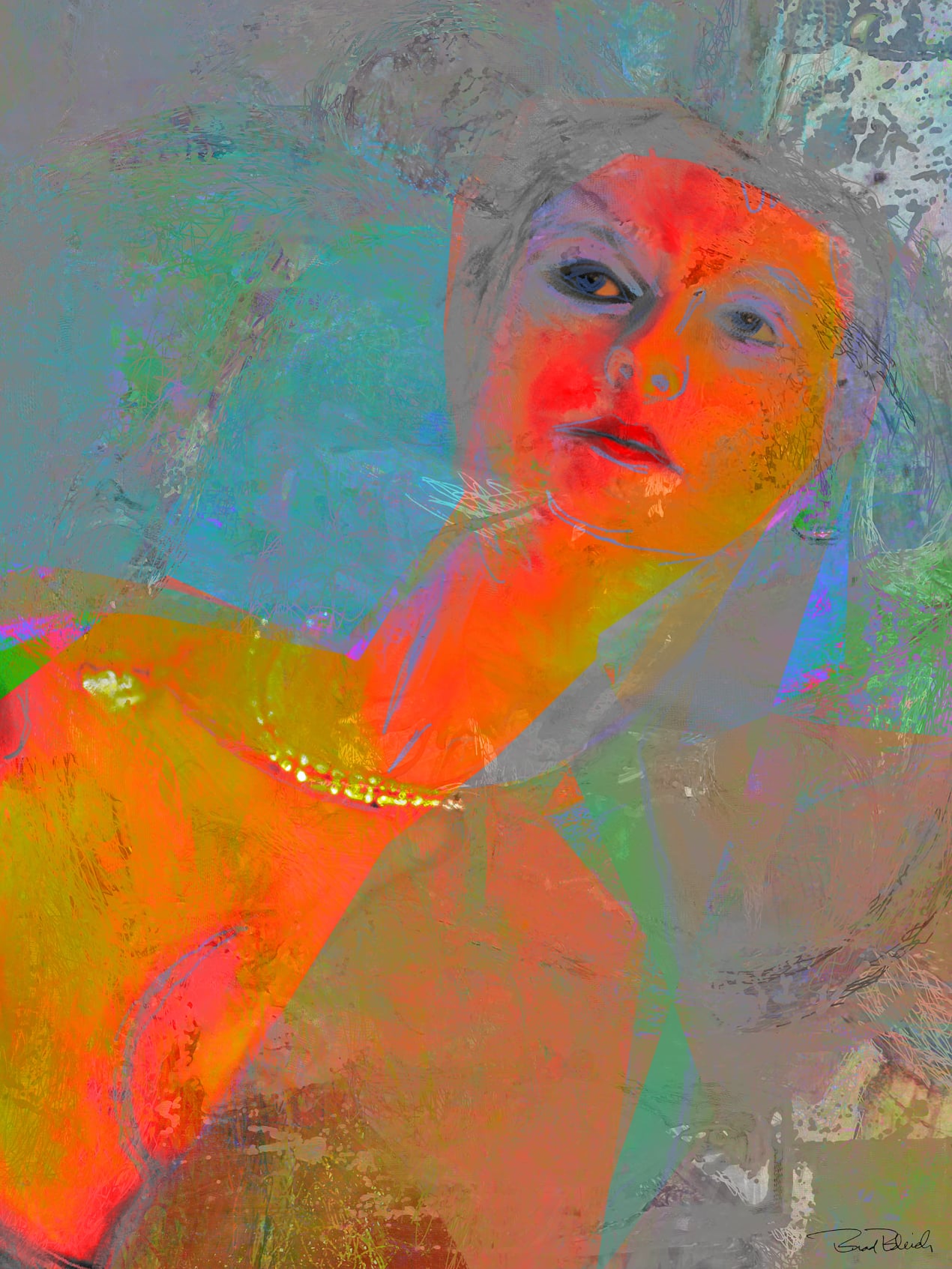The Legitimacy of Digital Painting


Art in the time of AI
The question of whether digital painting can be considered "real" art invites a profound exploration of what art truly means. At its core, art is defined by its ability to express human experience, emotion, and creativity, regardless of the medium used. Digital painting, much like traditional painting, serves as a powerful vehicle for these expressions.
While the techniques may differ—digital artists wield styluses and software instead of brushes and canvas—the underlying principles of composition, color theory, and artistic intent remain unchanged. Digital painting harnesses technology as a tool for creation, enabling artists to push the boundaries of their imagination.
Moreover, digital art democratizes access to creative expression. It allows individuals to explore their artistic impulses without the constraints of materials, space, or formal training. This accessibility fosters innovation, encouraging artists to experiment with new forms and methods that traditional mediums may not easily accommodate.
Cultural perception plays a significant role in the acceptance of digital art. As it gains recognition in galleries, exhibitions, and auctions, it is increasingly viewed as a legitimate form of artistic expression. This shift reflects broader changes in how we understand art in an increasingly digital world.
Ultimately, the impact of any artwork lies in its ability to evoke emotion and provoke thought. Digital paintings resonate powerfully with audiences, forging connections between the artist and the viewer. What defines art is not merely the medium, but the intent behind the creation. If an artist approaches digital painting with passion, thoughtfulness, and a desire to communicate, then it unequivocally qualifies as real art.
In this light, digital painting stands not just as a form of artistic expression, but as a legitimate and evolving facet of the art world, reflecting the complexities of contemporary culture and technology.
Digital painting often faces skepticism as a legitimate art form for several reasons:
Perception of Ease: Some critics believe that digital tools make it easier to create art, overlooking the skill and creativity required to master these technologies.
Traditional Values: Art has historically been associated with traditional media like oil, acrylic, and watercolor. Some purists may view digital painting as less "authentic" because it lacks physical materials.
Reproducibility: Digital art can be easily replicated and shared, which can lead to questions about originality and uniqueness—key aspects of traditional art.
Generational Divide: Older generations may be less familiar with digital mediums and therefore may undervalue them compared to traditional forms.
Commercialization: The rise of digital art in commercial contexts, such as video games and advertising, can lead some to dismiss it as less serious or purely functional.
Despite these challenges, digital painting is increasingly recognized within the art community for its unique capabilities and the new possibilities it brings to artistic expression.
Digital painting offers several unique capabilities that set it apart from traditional media:
Endless Undo/Redo: The ability to easily undo mistakes allows artists to experiment freely without the fear of permanently damaging their work.
Layering: Digital tools enable the use of layers, allowing artists to separate elements, adjust their order, and manipulate them independently. This facilitates complex compositions and edits.
Variety of Brushes and Effects: Digital software provides a wide range of customizable brushes and effects, allowing for innovative textures and styles that can mimic traditional techniques or create entirely new ones.
Accessibility: Digital tools can be more accessible for some artists, providing opportunities to create without the need for physical materials, which can be costly or space-consuming.
Sustainability: Digital art eliminates the need for physical materials, reducing waste and the environmental impact associated with traditional art supplies.
These capabilities not only enhance the creative process but also expand the possibilities for artistic expression and innovation in the digital age.
SHARE THIS PAGE!